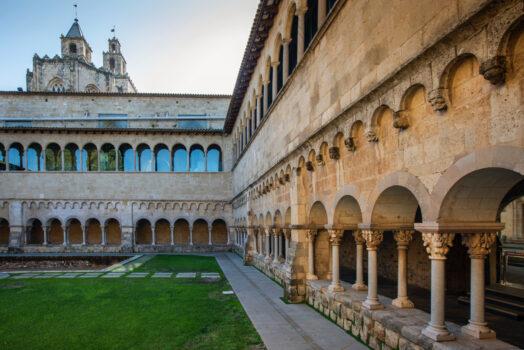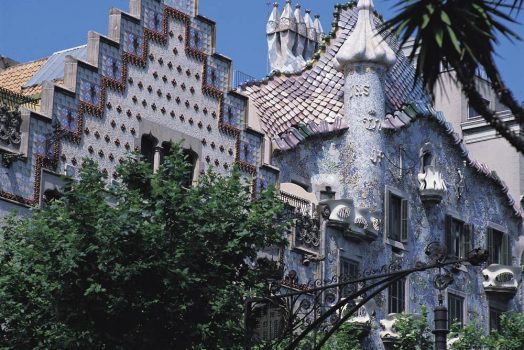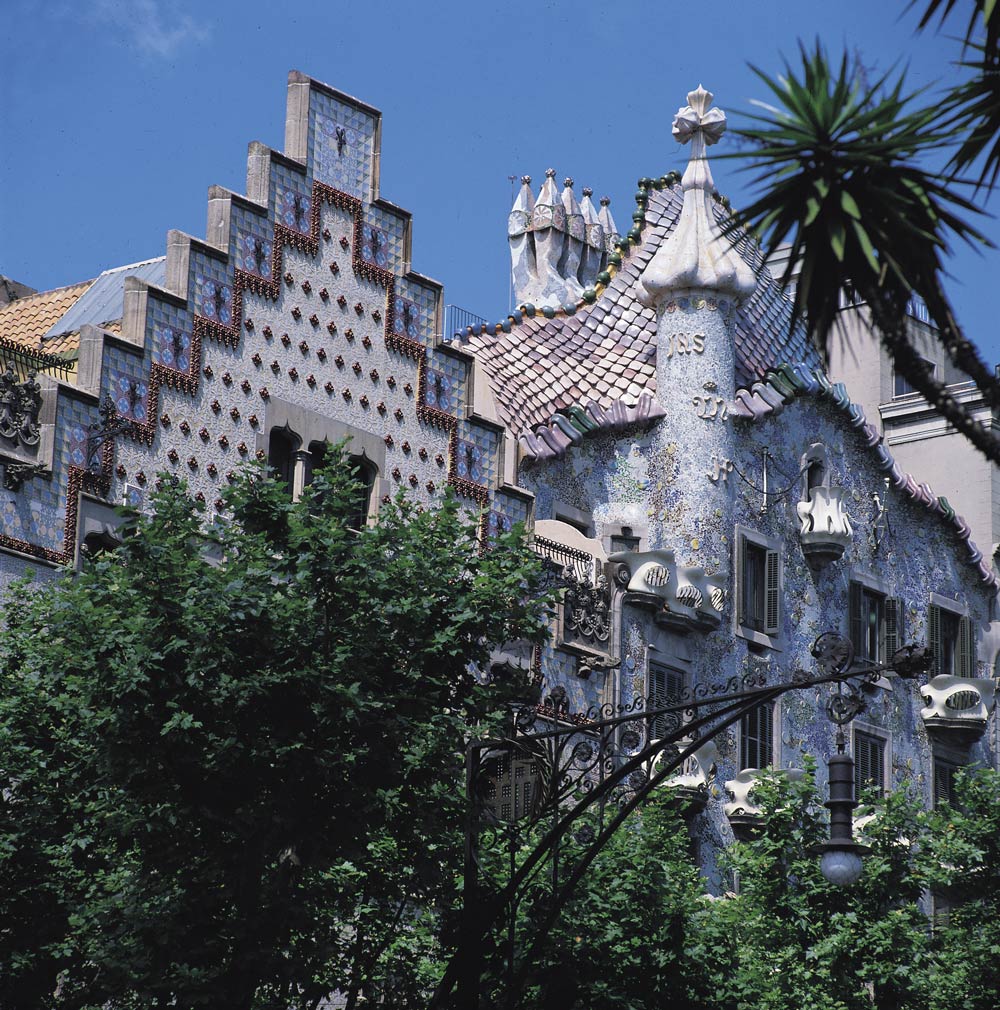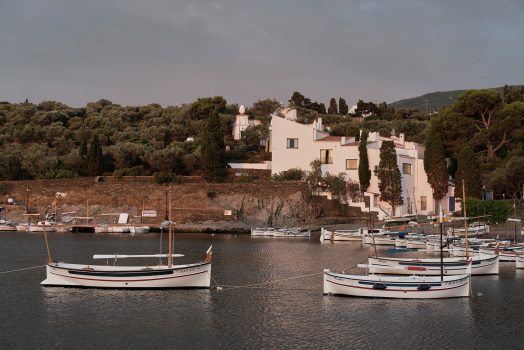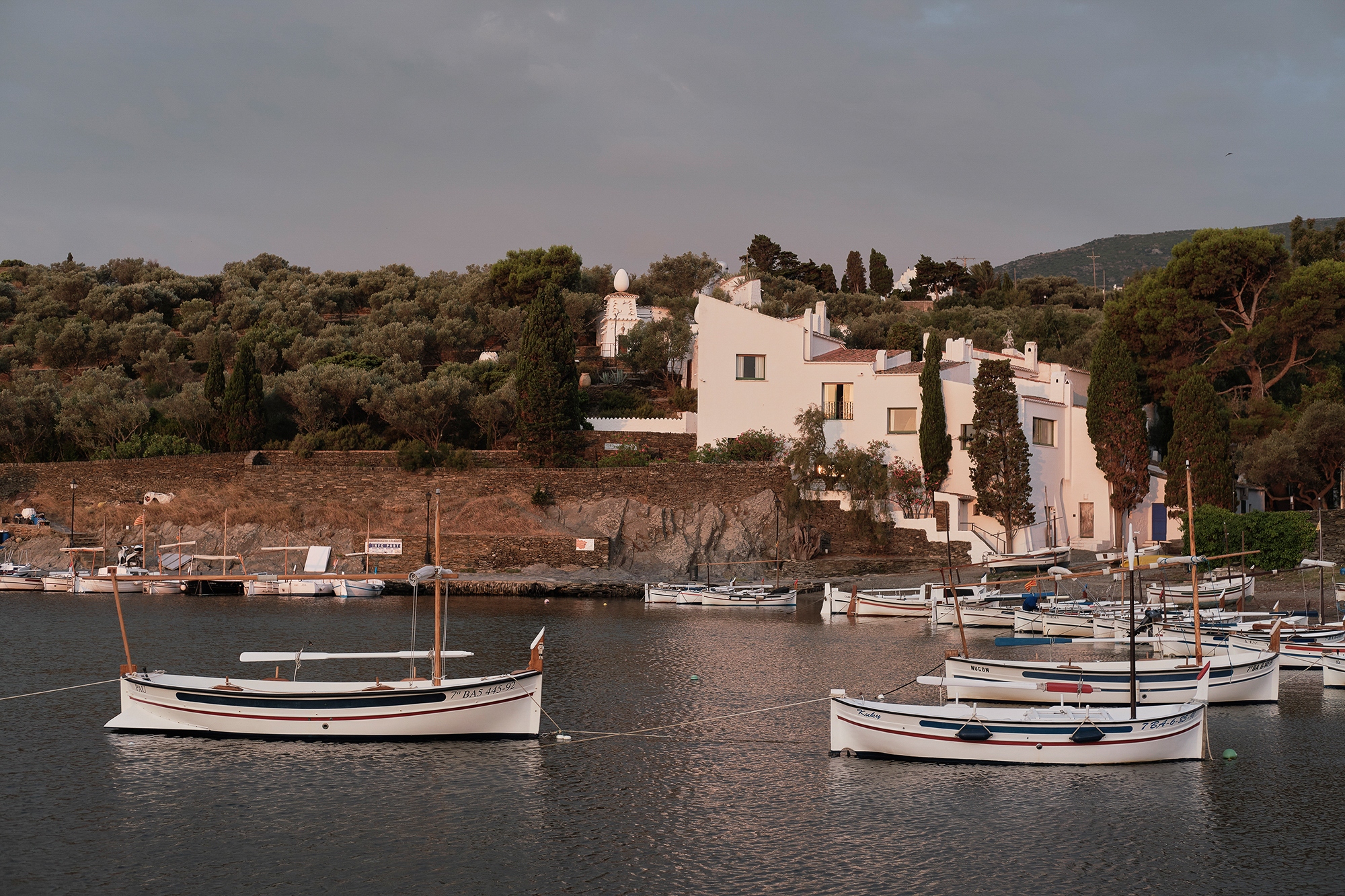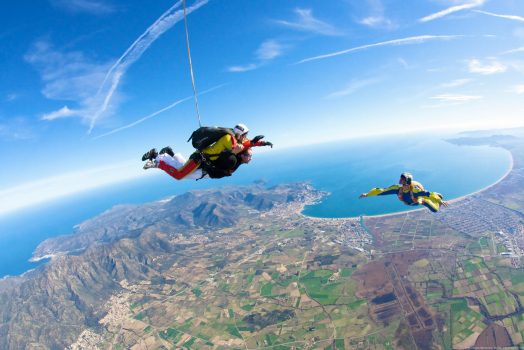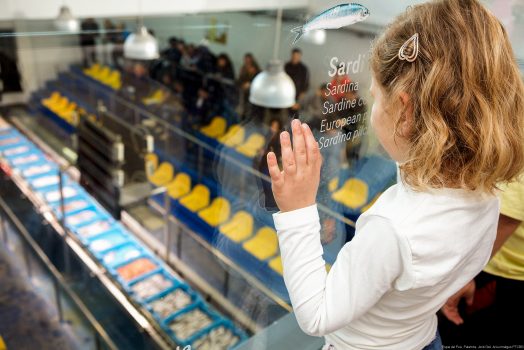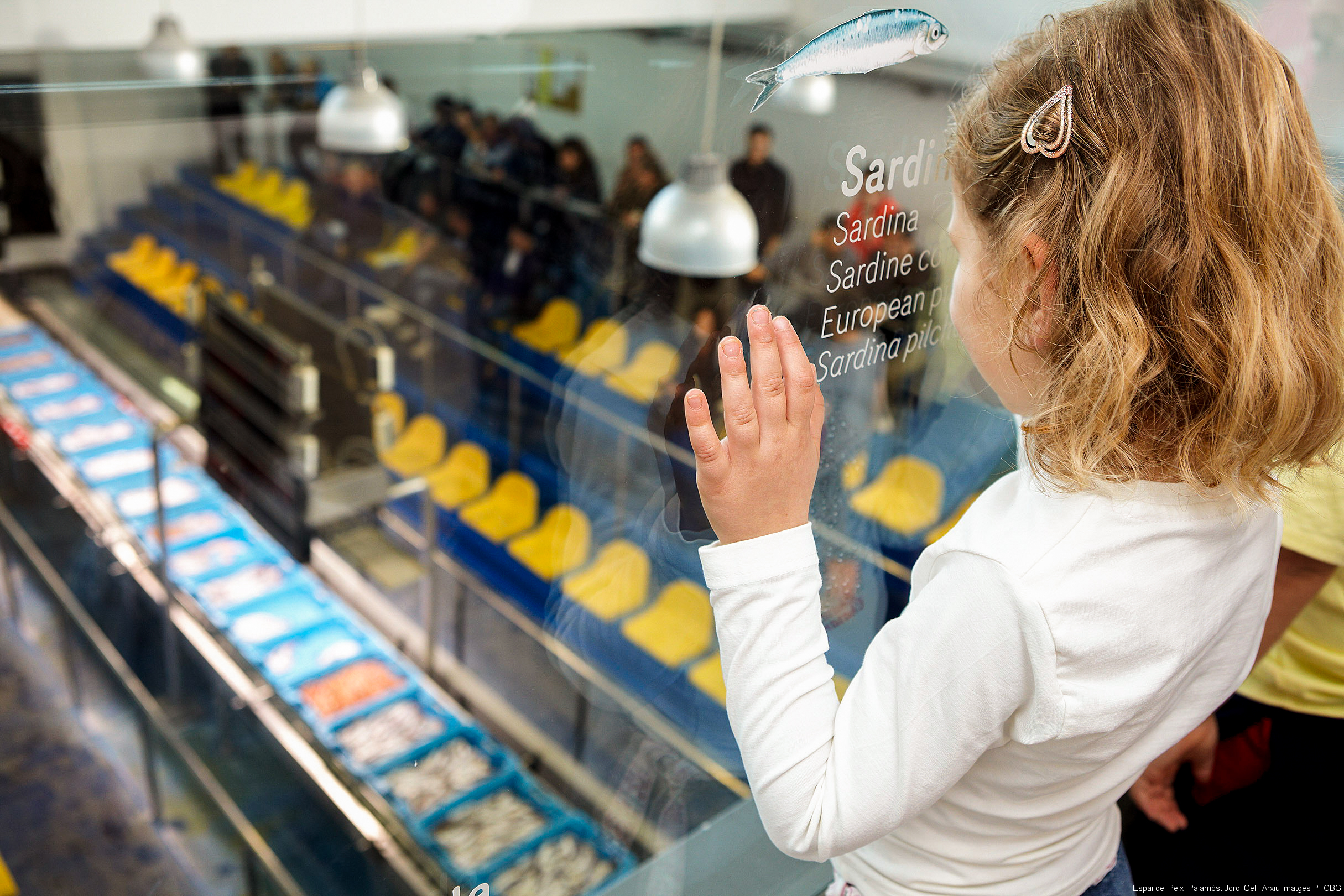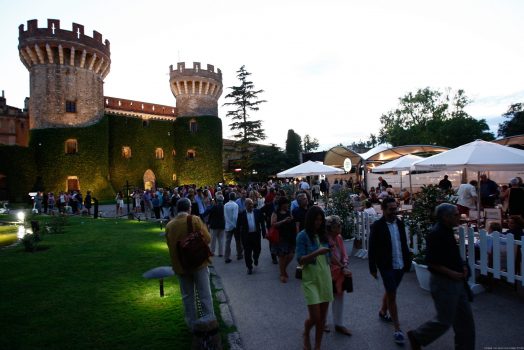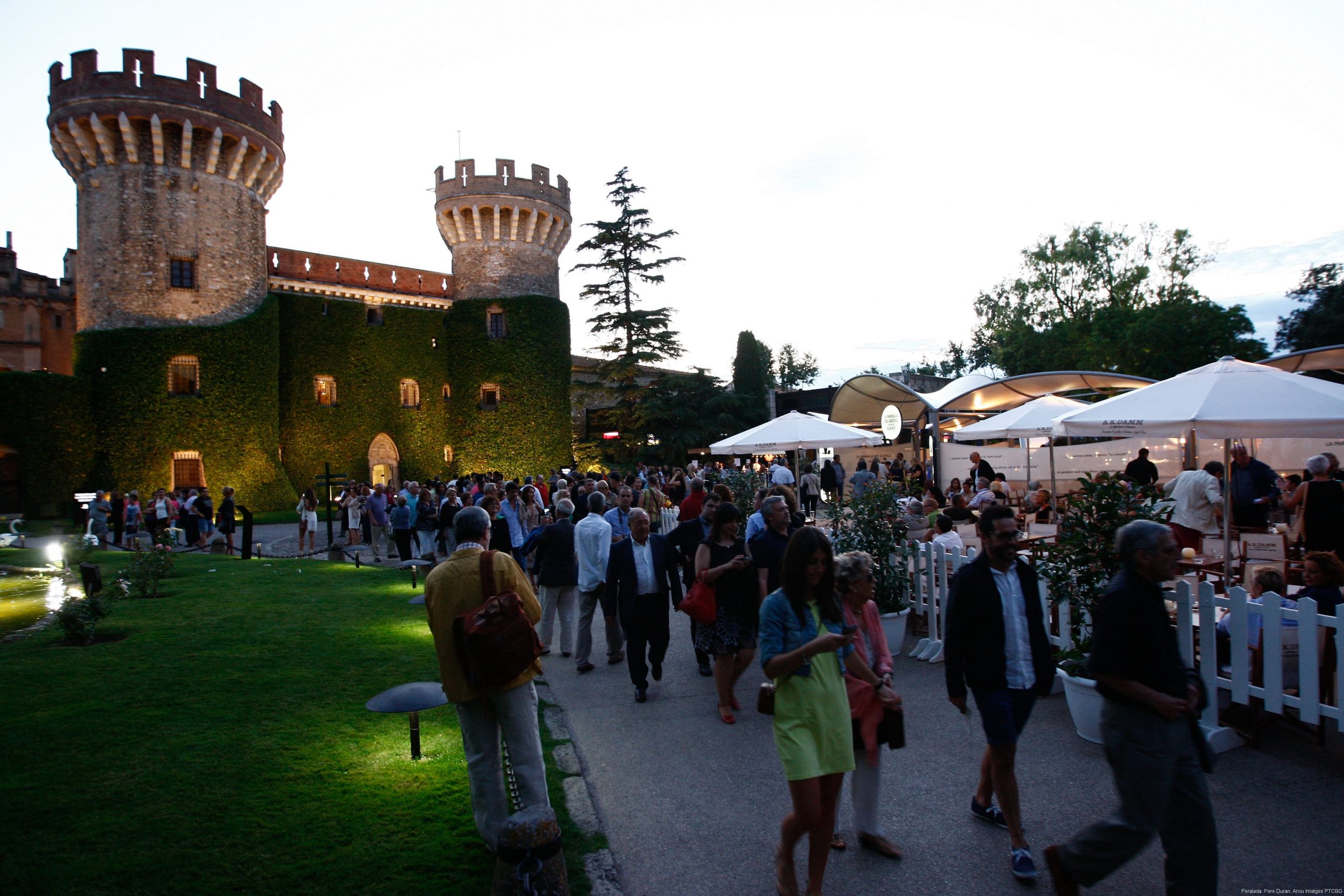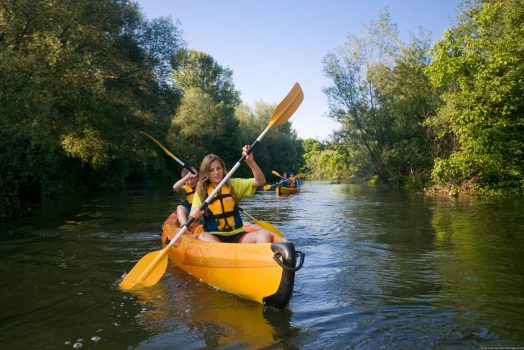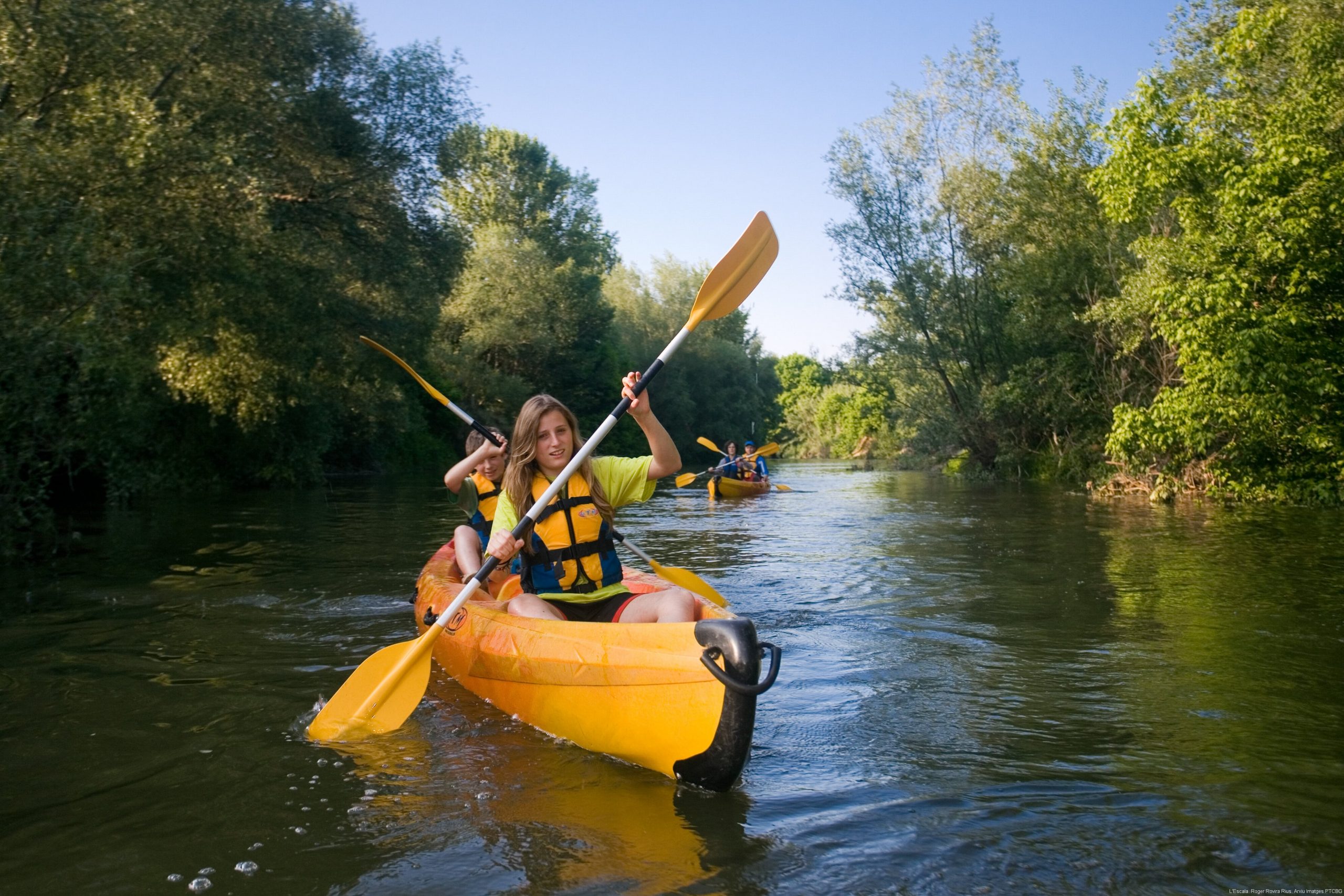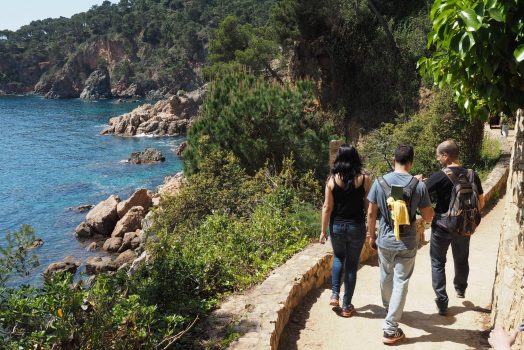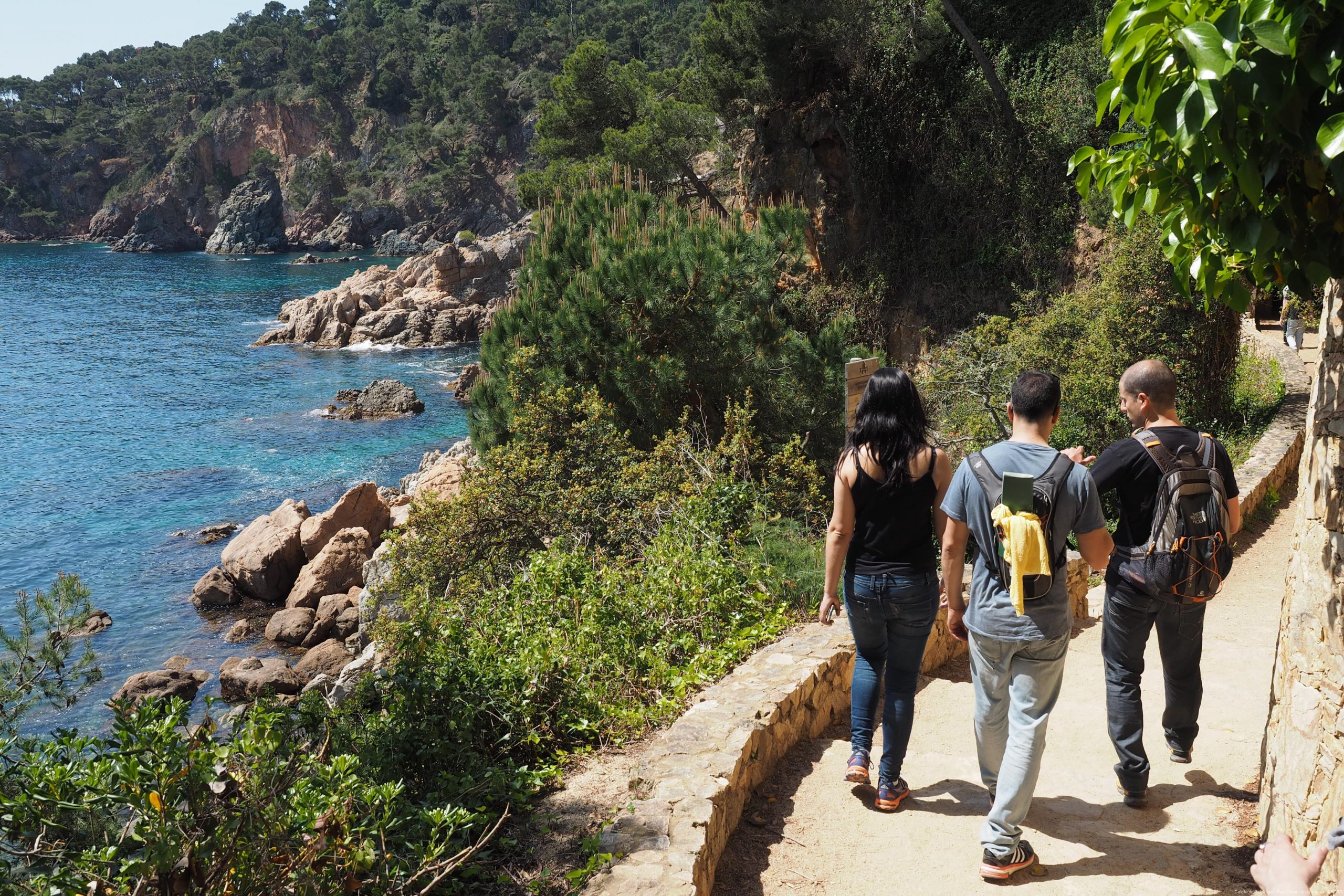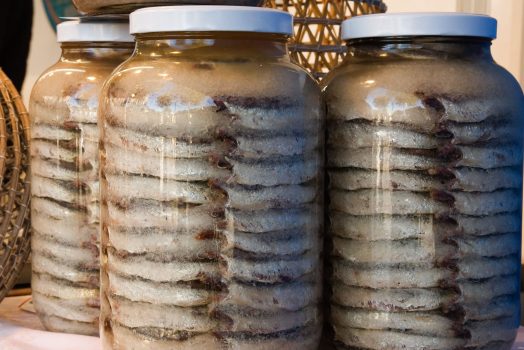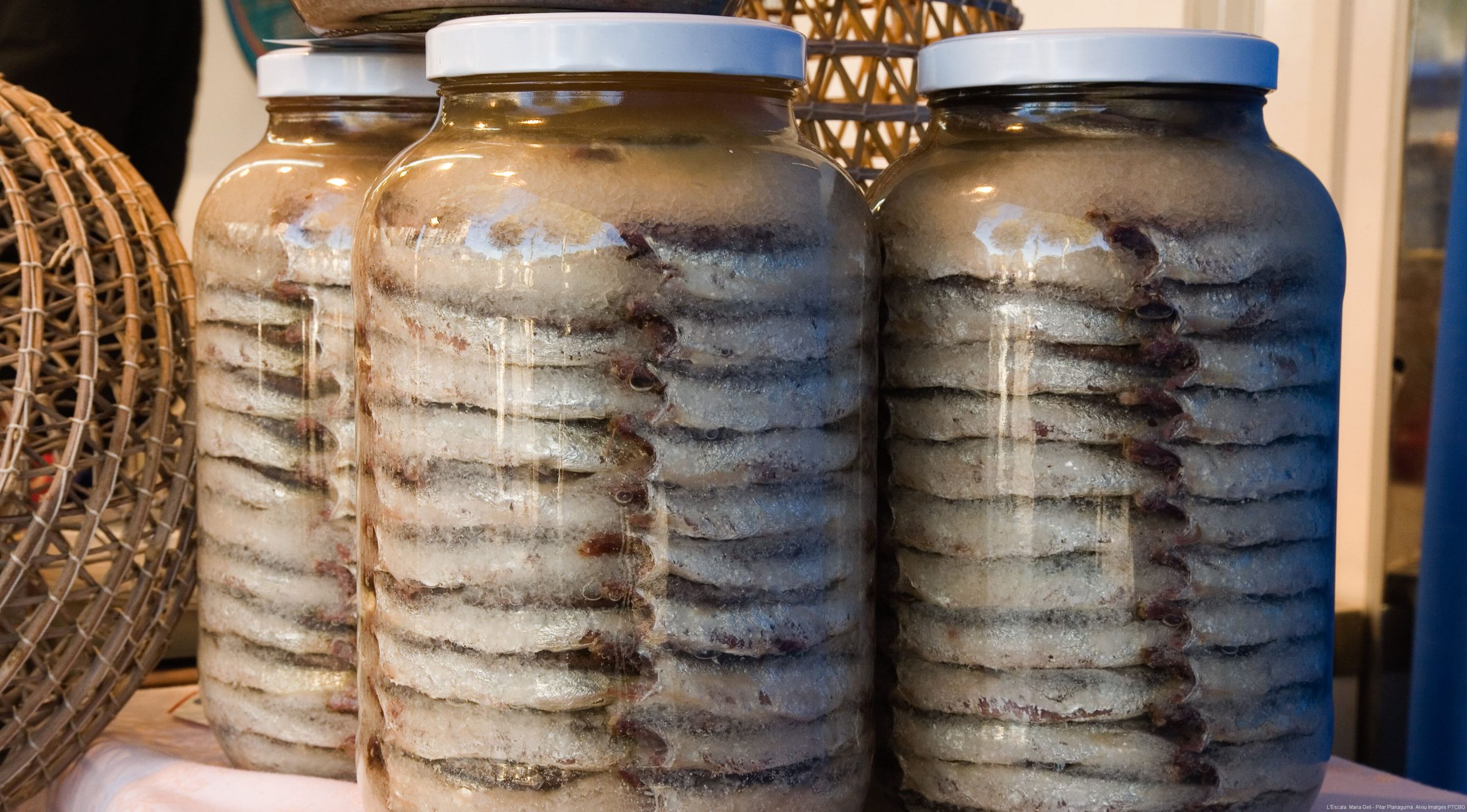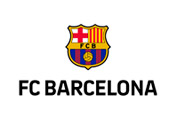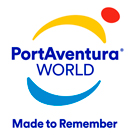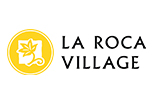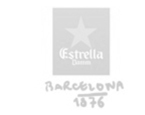The landscapes and works of the great Salvador Dalí are the start of a journey during which we will not only enjoy the diverse Catalan cuisine but also learn how to prepare some of its most iconic dishes. We will get to know the ancient methods of curing foods, listen to legends, and walk through romantic forests and along the same Camins de Ronda de la Costa Brava that were walked by pirates and outlaws. Modernist architecture will shape our visit to the towns on the Maresme coast and Barcelona, a city that has inspired great works of literature.
Sant Cugat and Girona, route of master Arnau Cadell
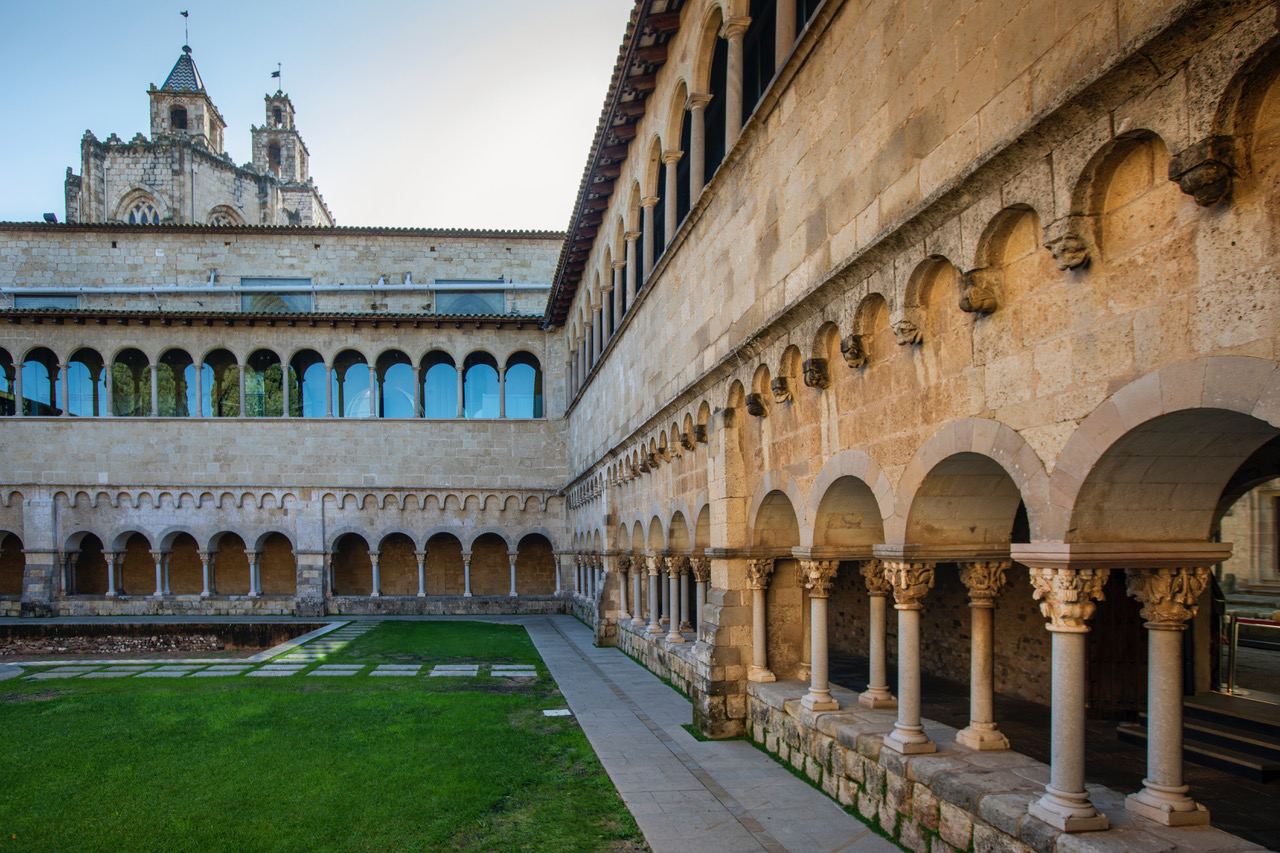
Discover the treasure shared by the two cloisters of Girona and Sant Cugat and the sculptural details that make them unique. Some guided tours to learn about the Romanesque and the work of the master Arnau Cadell.
In Girona, you visit the cloister of the Cathedral and in Sant Cugat the Cloister of the Monastery, twinned because they share a father: the teacher Arnau Cadell. He is the first Catalan artist known by name and the surname; he portrayed himself on a capital in the eastern gallery of the cloister of Sant Cugat del Vallès cutting a Corinthian capital, along with an inscription in which he recorded the authorship of the cloister.
A getaway where you will discover the historic city of Girona, more than 2.000 years old. With the help of local hosts, you will discover its medieval part and its architecture, such as the ancient Monastery of San Pere de Galligants, the Imperial Cathedral with its 122 capitals created by Arnau Cadell or the traditional Arab Baths. Also, you will enjoy wonderful views climbing its walls.
In Sant Cugat del Vallès, you will enter its majestic Monastery with its 144 capitals, also works by the master Arnau Cadell. You can relax in the Sierra de Collserola Natural Park following the Sant Jaume path and walk through the magical green spaces of the city.
https://turismovivencial.com/tour-item/sant-cugat-y-girona-ruta-del-maestro-arnau-cadell/
Sant Cugat and Girona, route of master Arnau Cadell

Discover the treasure shared by the two cloisters of Girona and Sant Cugat and the sculptural details that make them unique. Some guided tours to learn about the Romanesque and the work of the master Arnau Cadell.
In Girona, you visit the cloister of the Cathedral and in Sant Cugat the Cloister of the Monastery, twinned because they share a father: the teacher Arnau Cadell. He is the first Catalan artist known by name and the surname; he portrayed himself on a capital in the eastern gallery of the cloister of Sant Cugat del Vallès cutting a Corinthian capital, along with an inscription in which he recorded the authorship of the cloister.
A getaway where you will discover the historic city of Girona, more than 2.000 years old. With the help of local hosts, you will discover its medieval part and its architecture, such as the ancient Monastery of San Pere de Galligants, the Imperial Cathedral with its 122 capitals created by Arnau Cadell or the traditional Arab Baths. Also, you will enjoy wonderful views climbing its walls.
In Sant Cugat del Vallès, you will enter its majestic Monastery with its 144 capitals, also works by the master Arnau Cadell. You can relax in the Sierra de Collserola Natural Park following the Sant Jaume path and walk through the magical green spaces of the city.
https://turismovivencial.com/tour-item/sant-cugat-y-girona-ruta-del-maestro-arnau-cadell/
Discover the treasure shared by the two cloisters of Girona and Sant Cugat and the sculptural details that make them...


 Download map
Download map